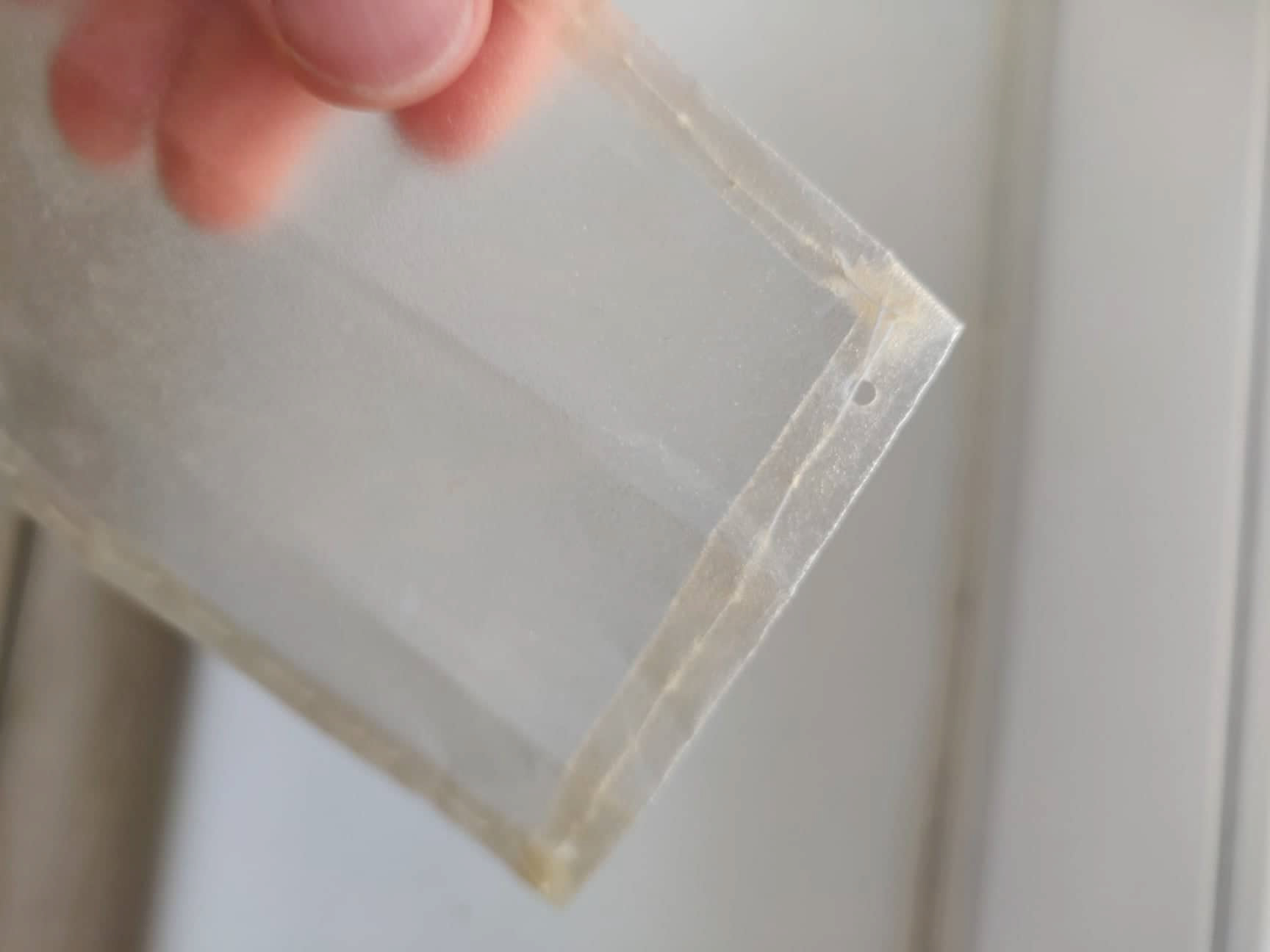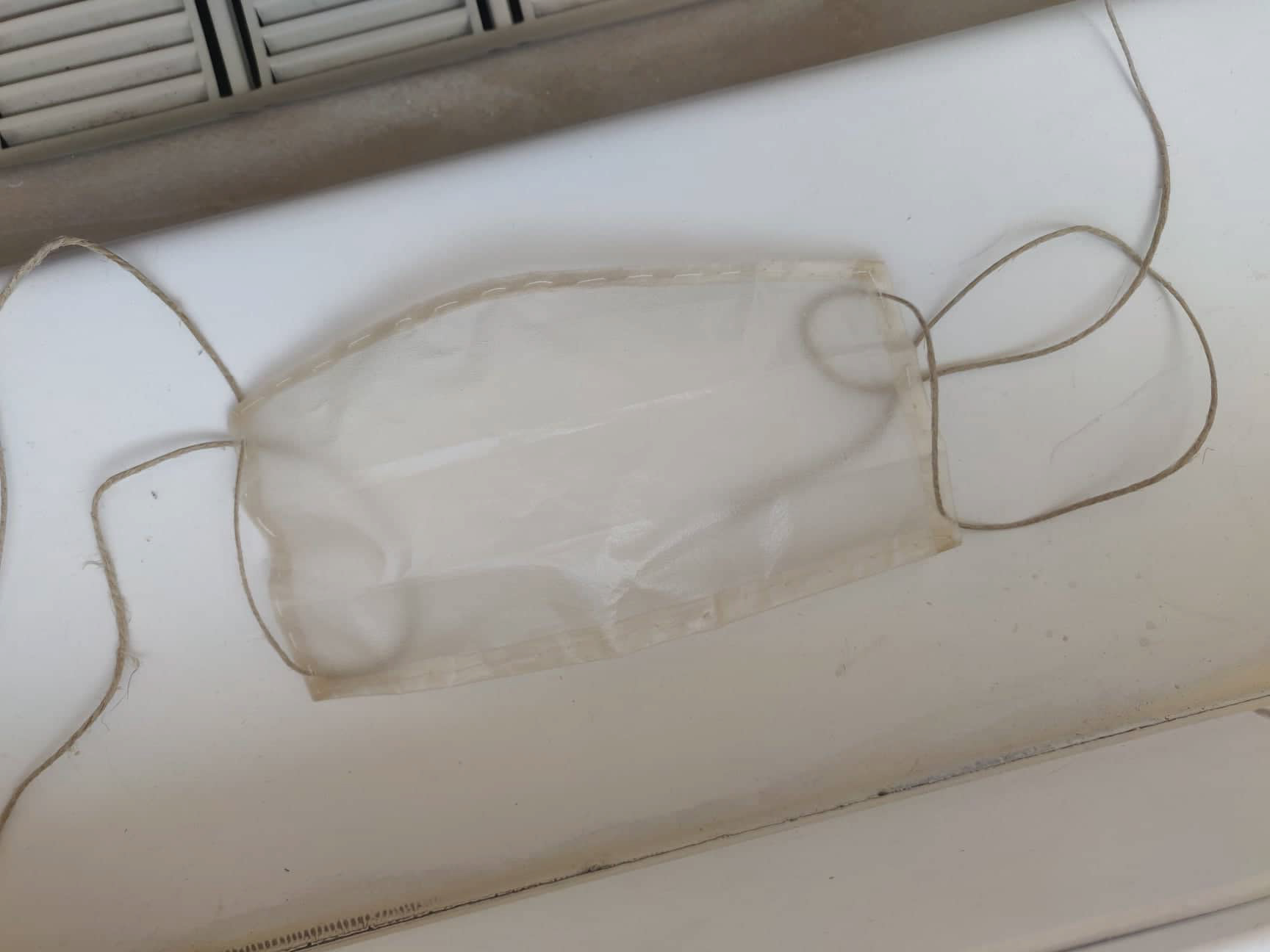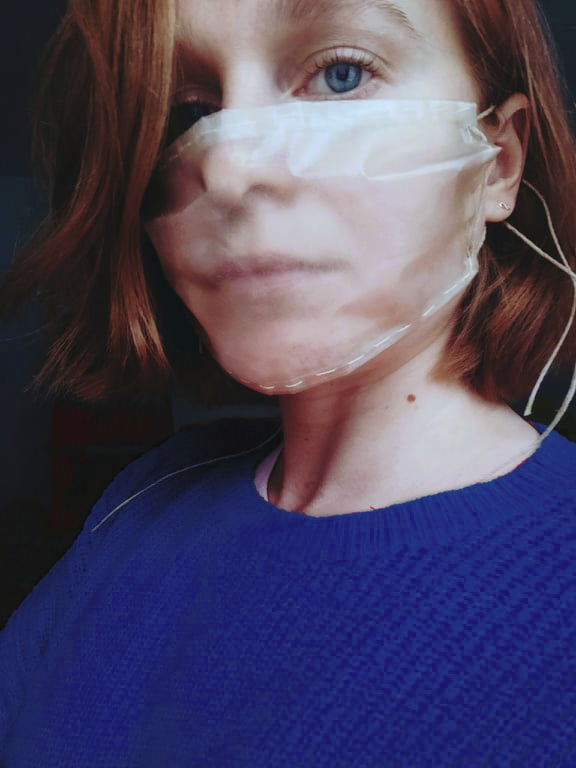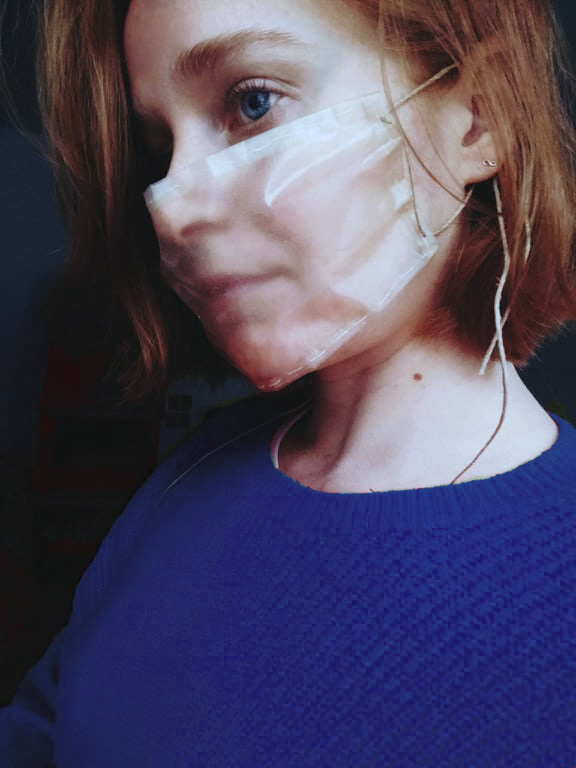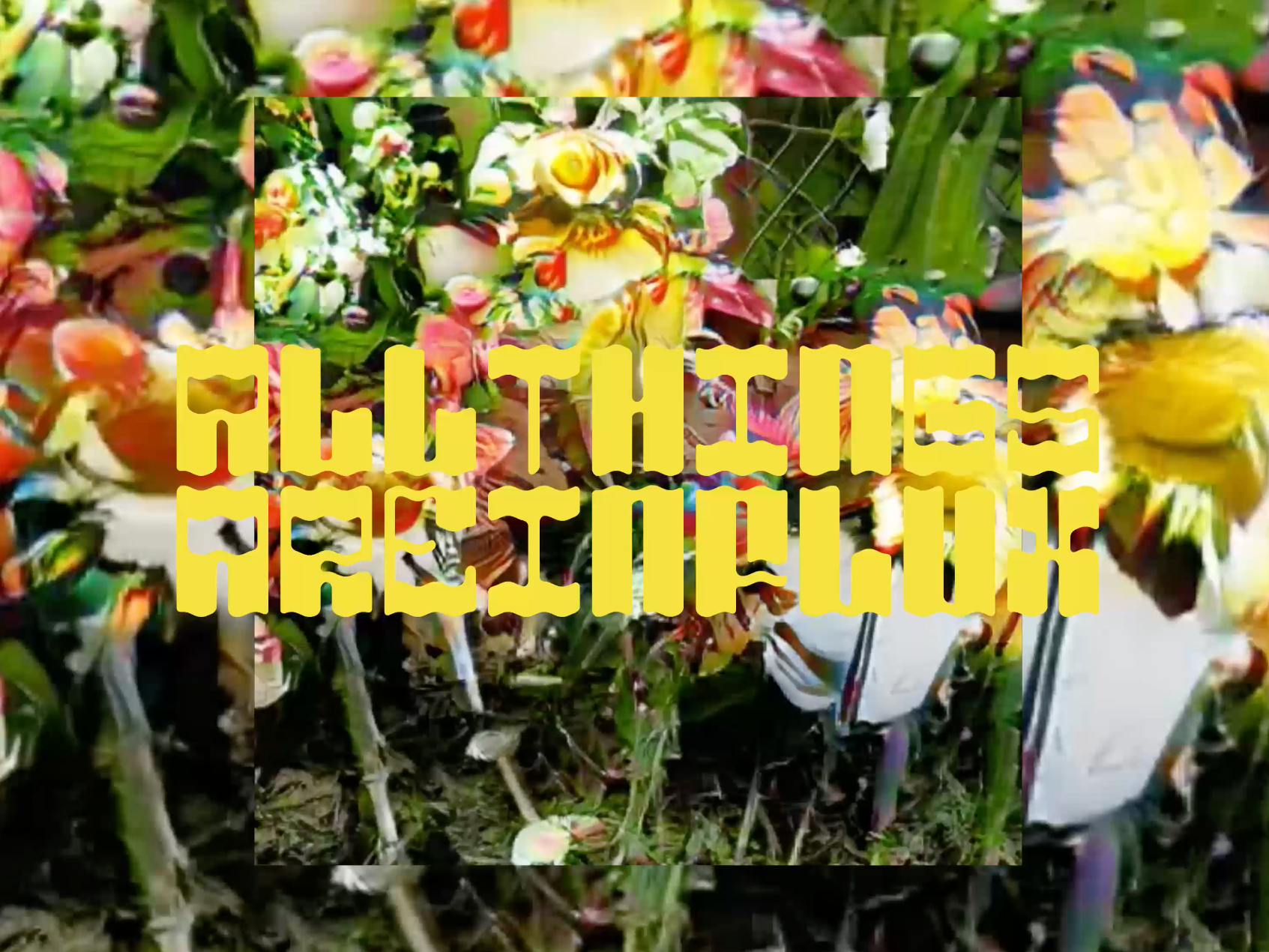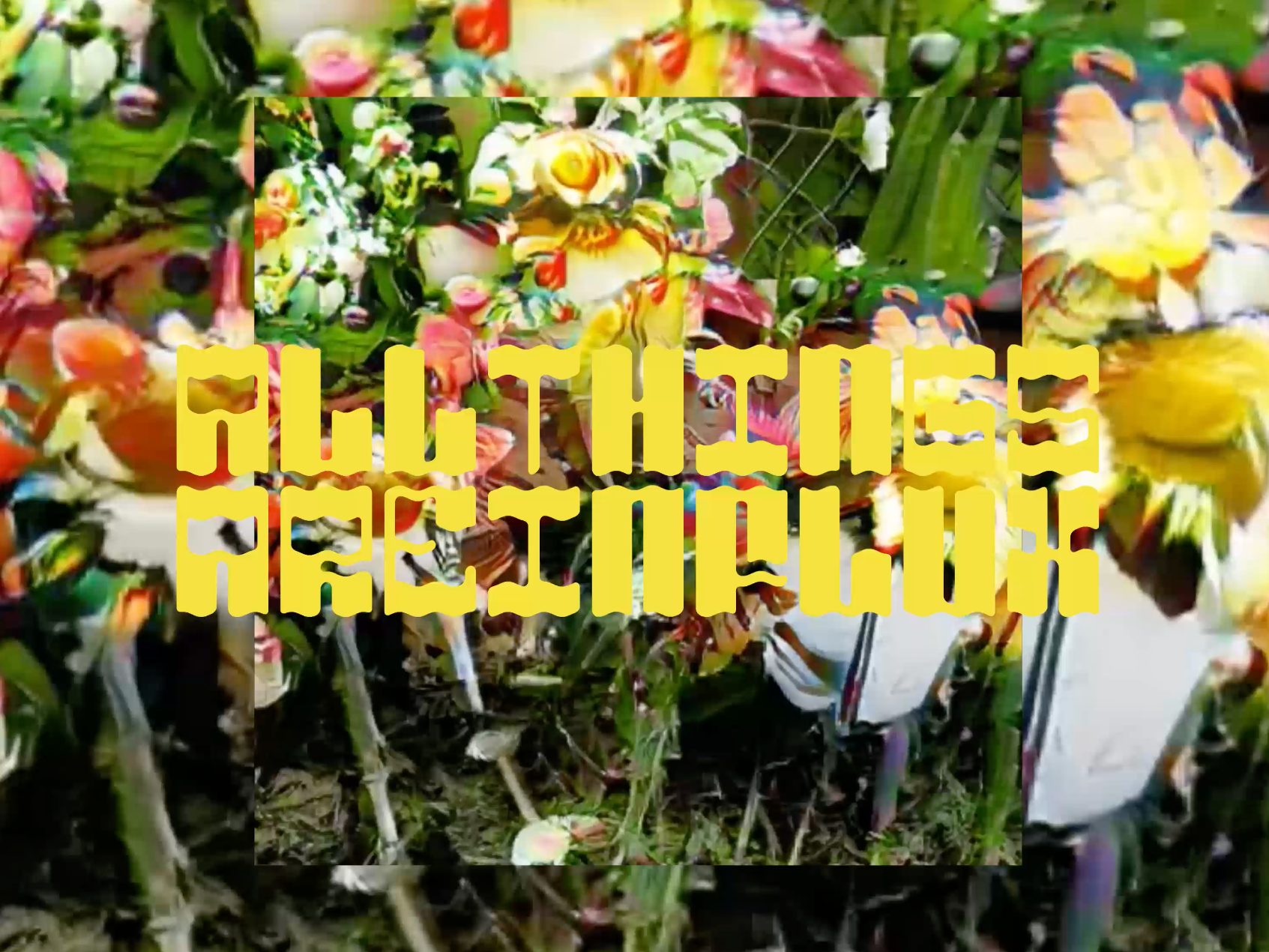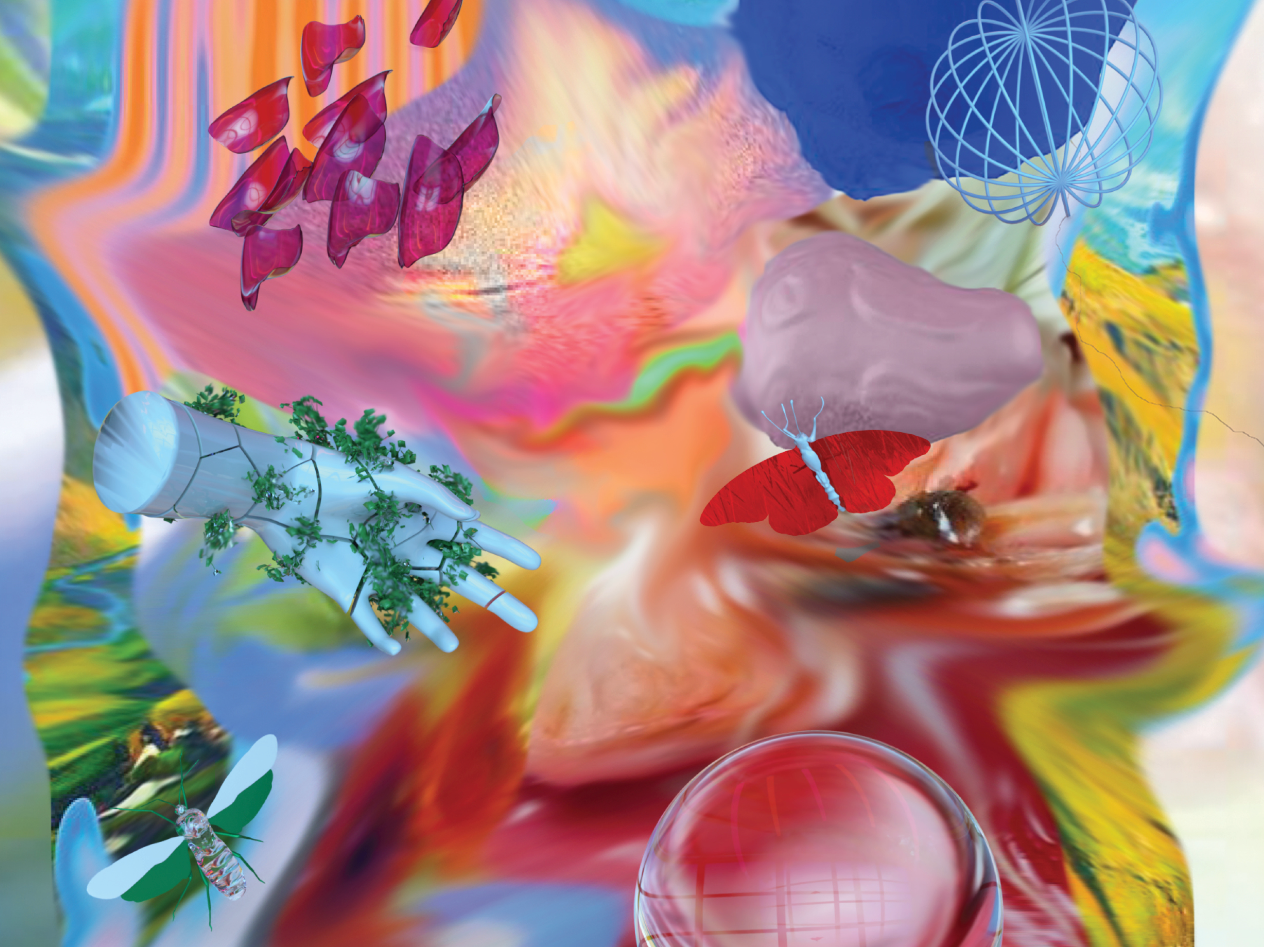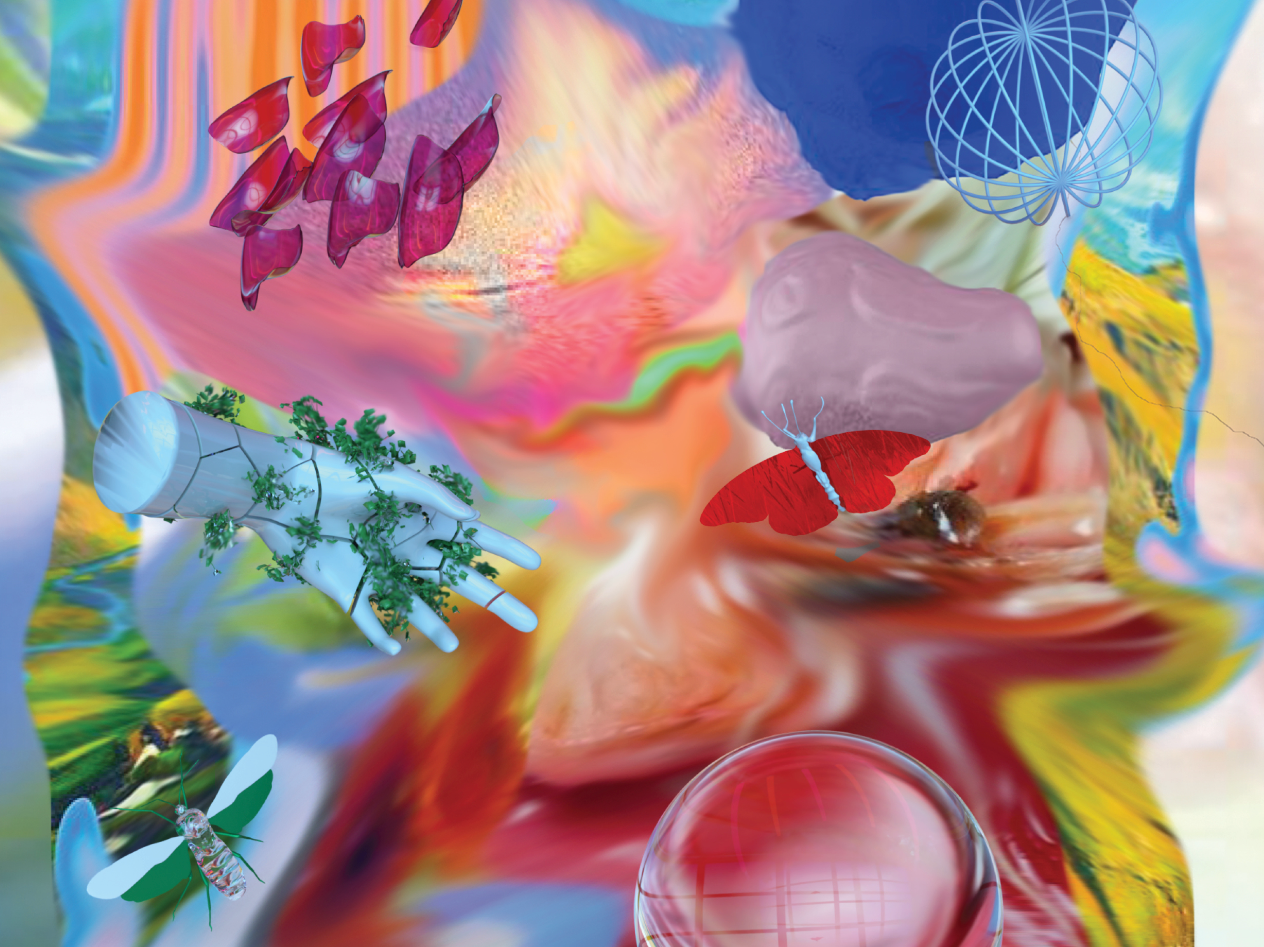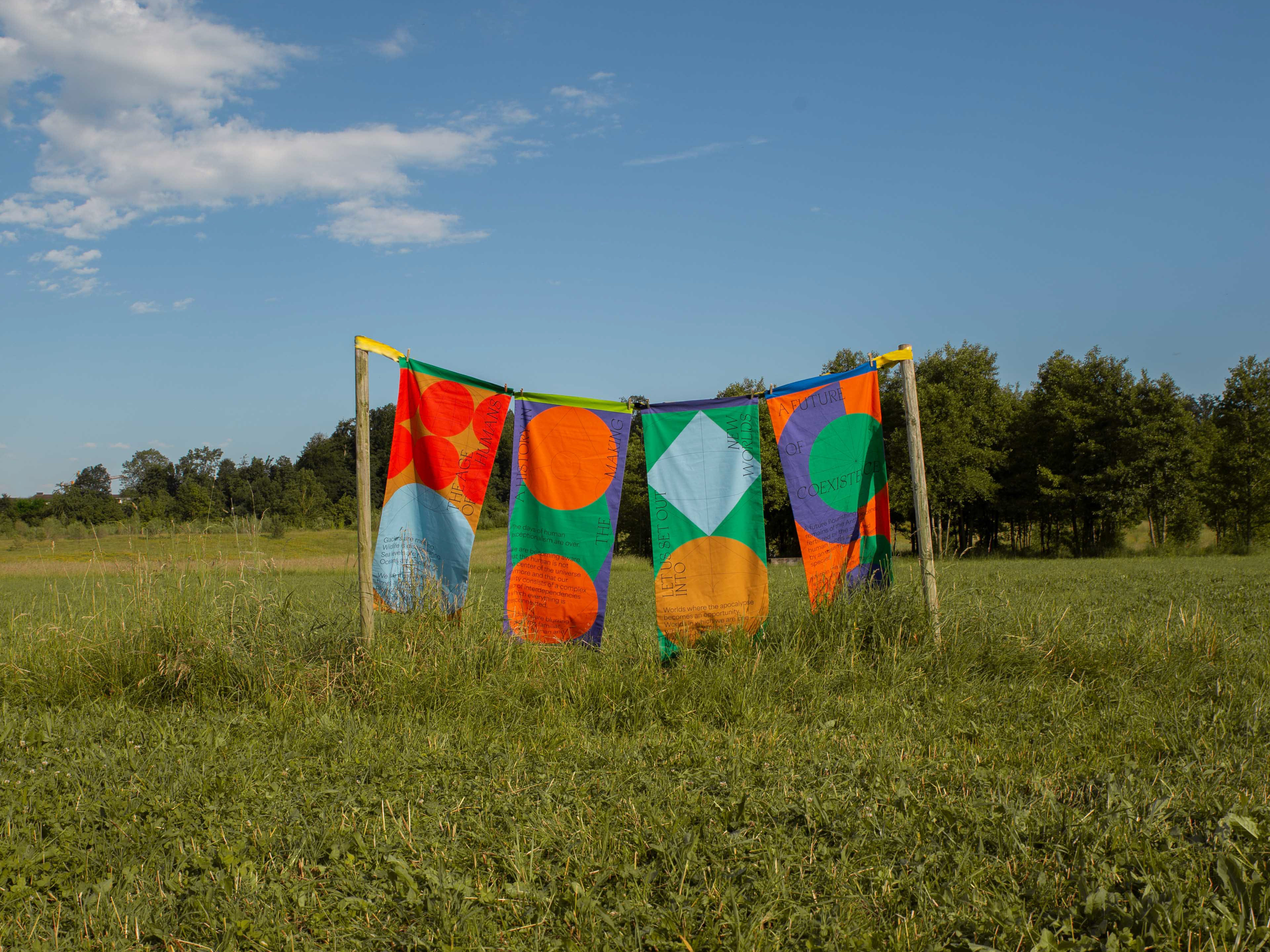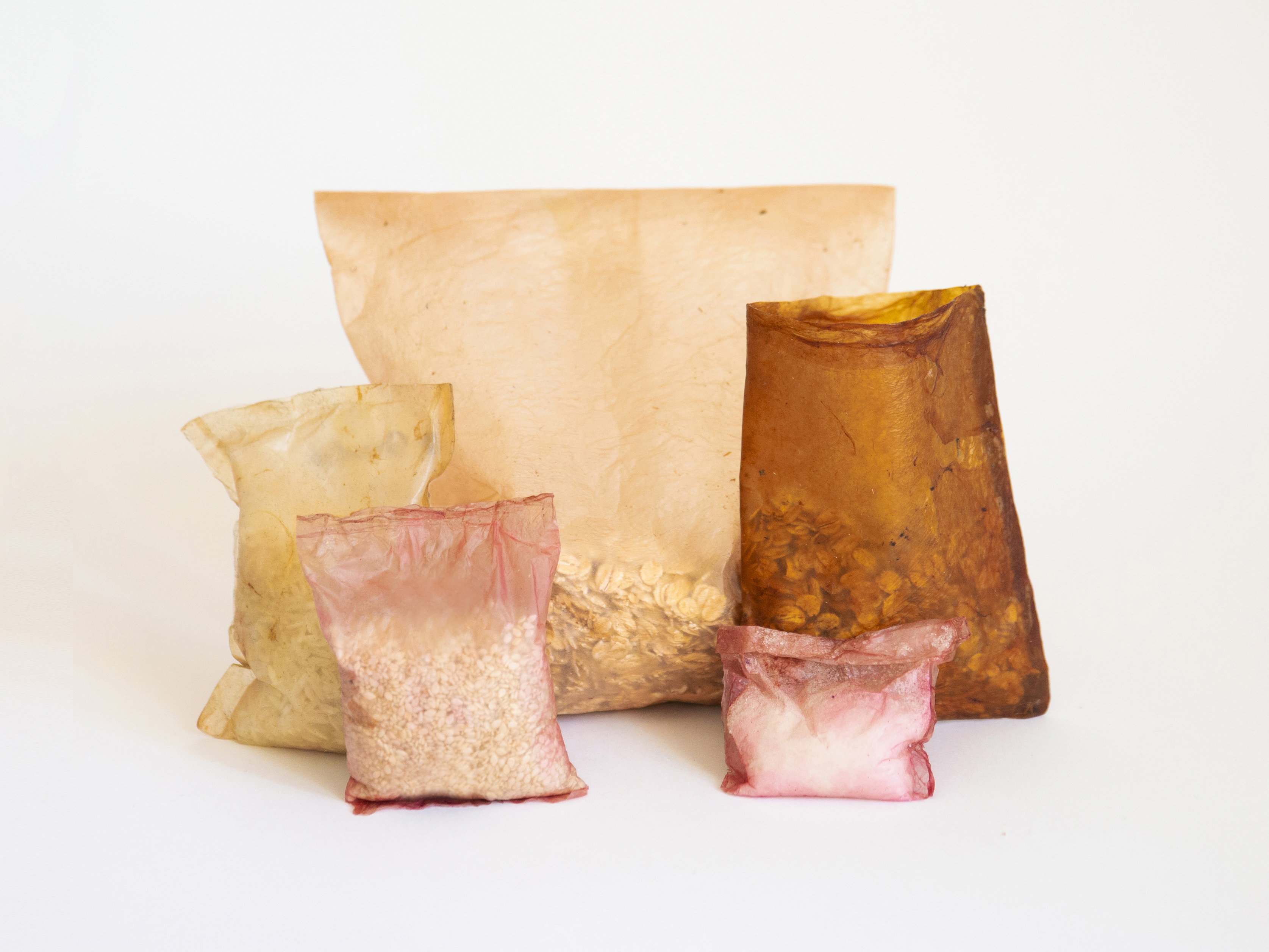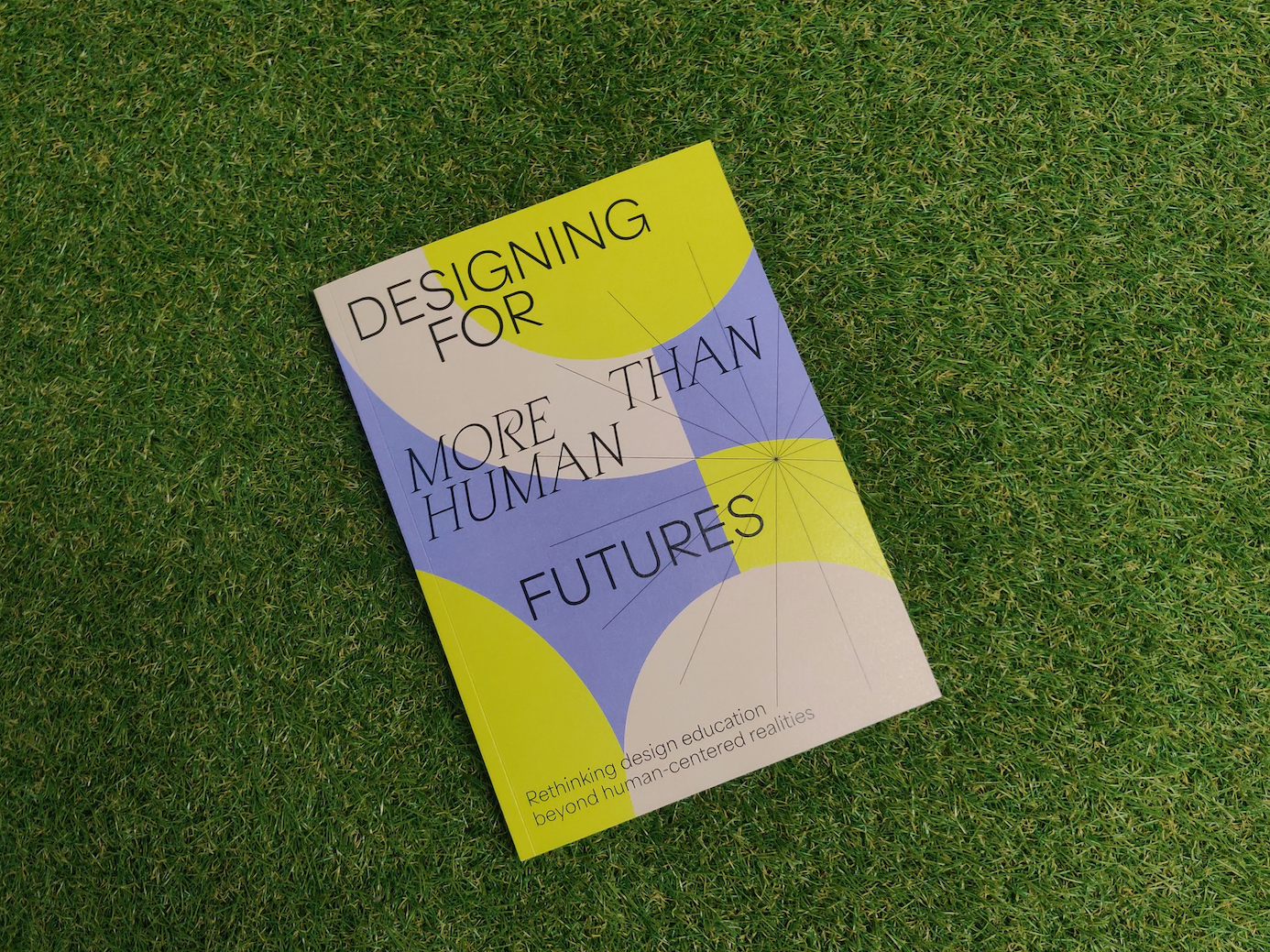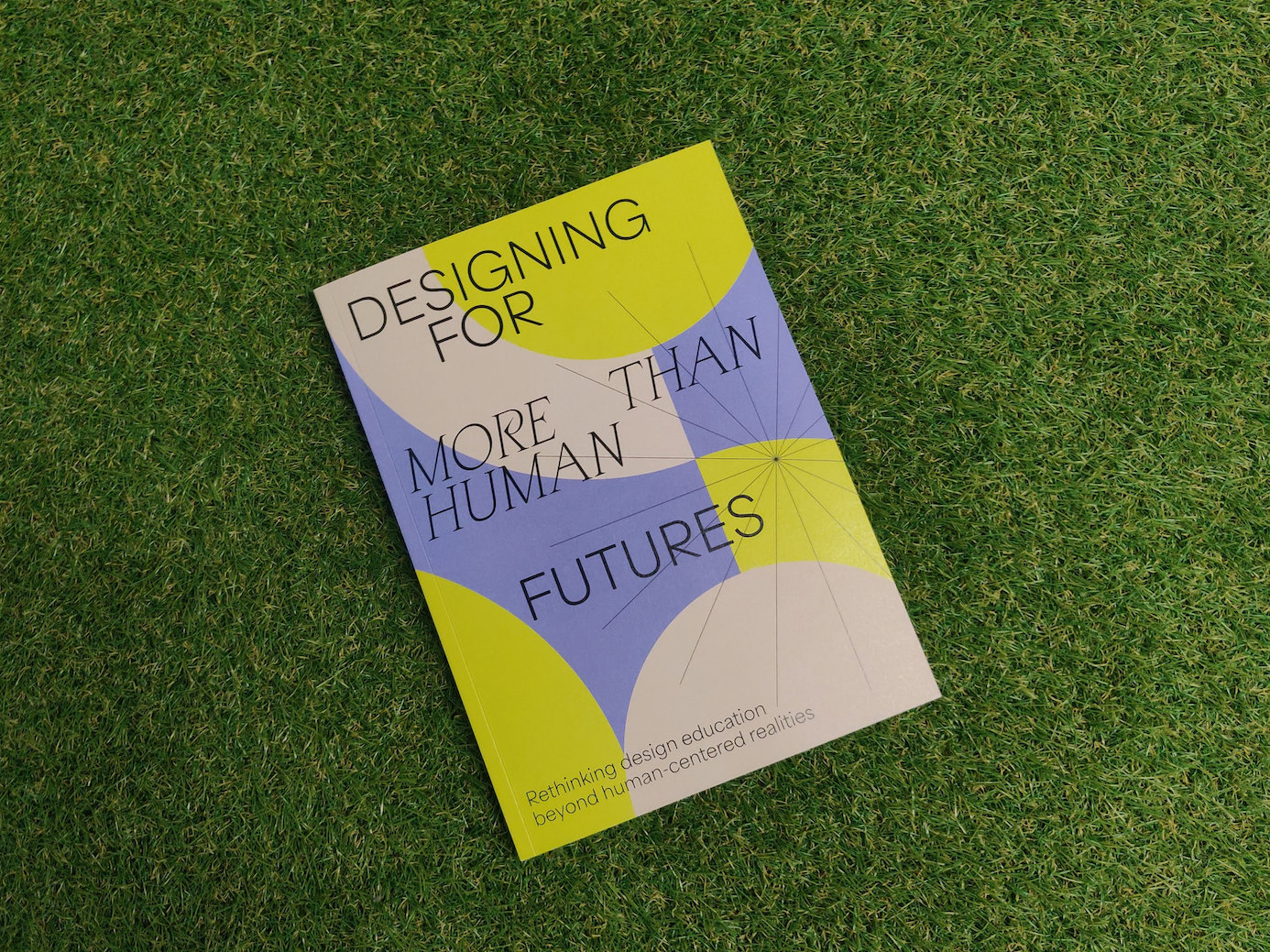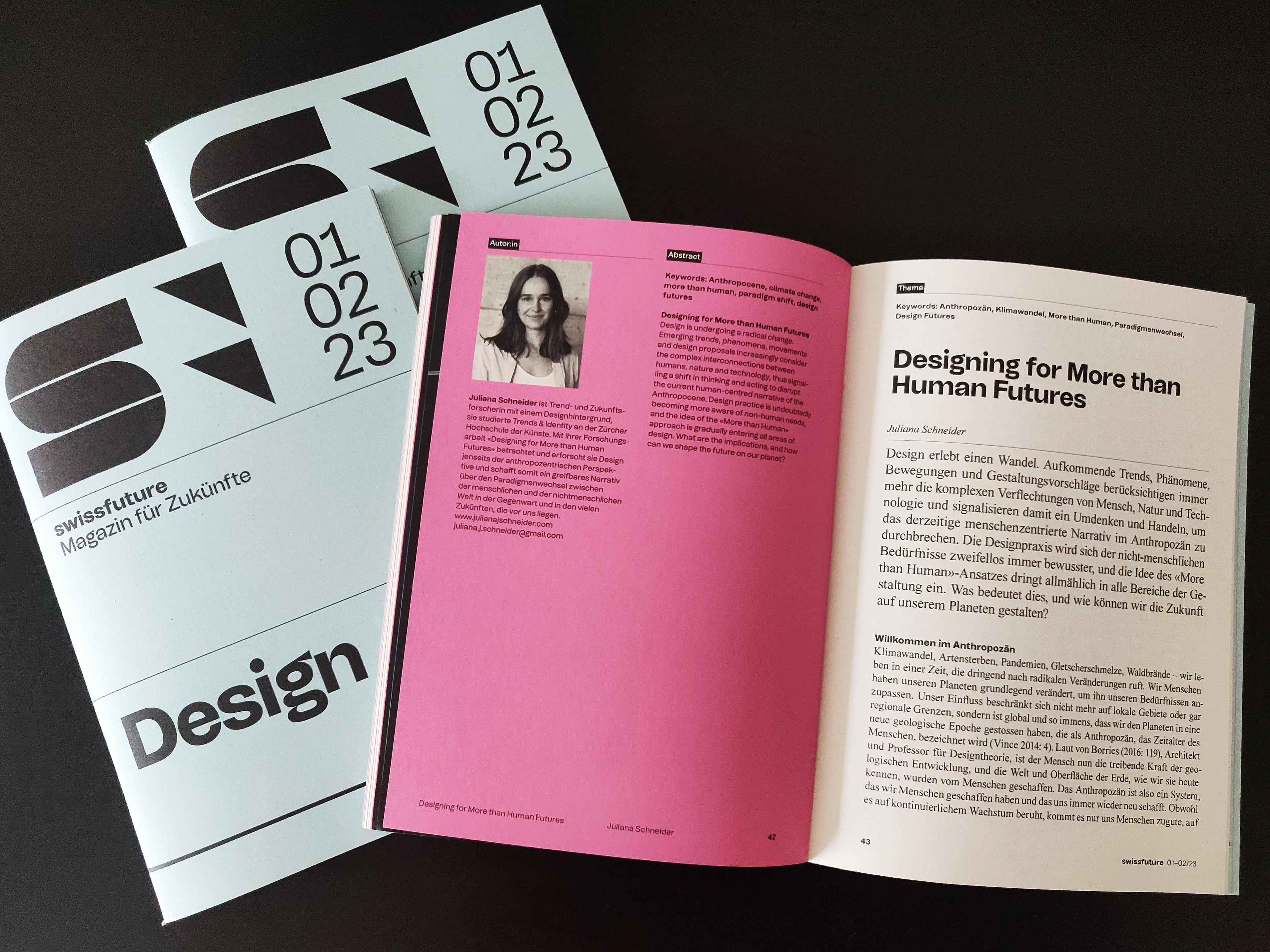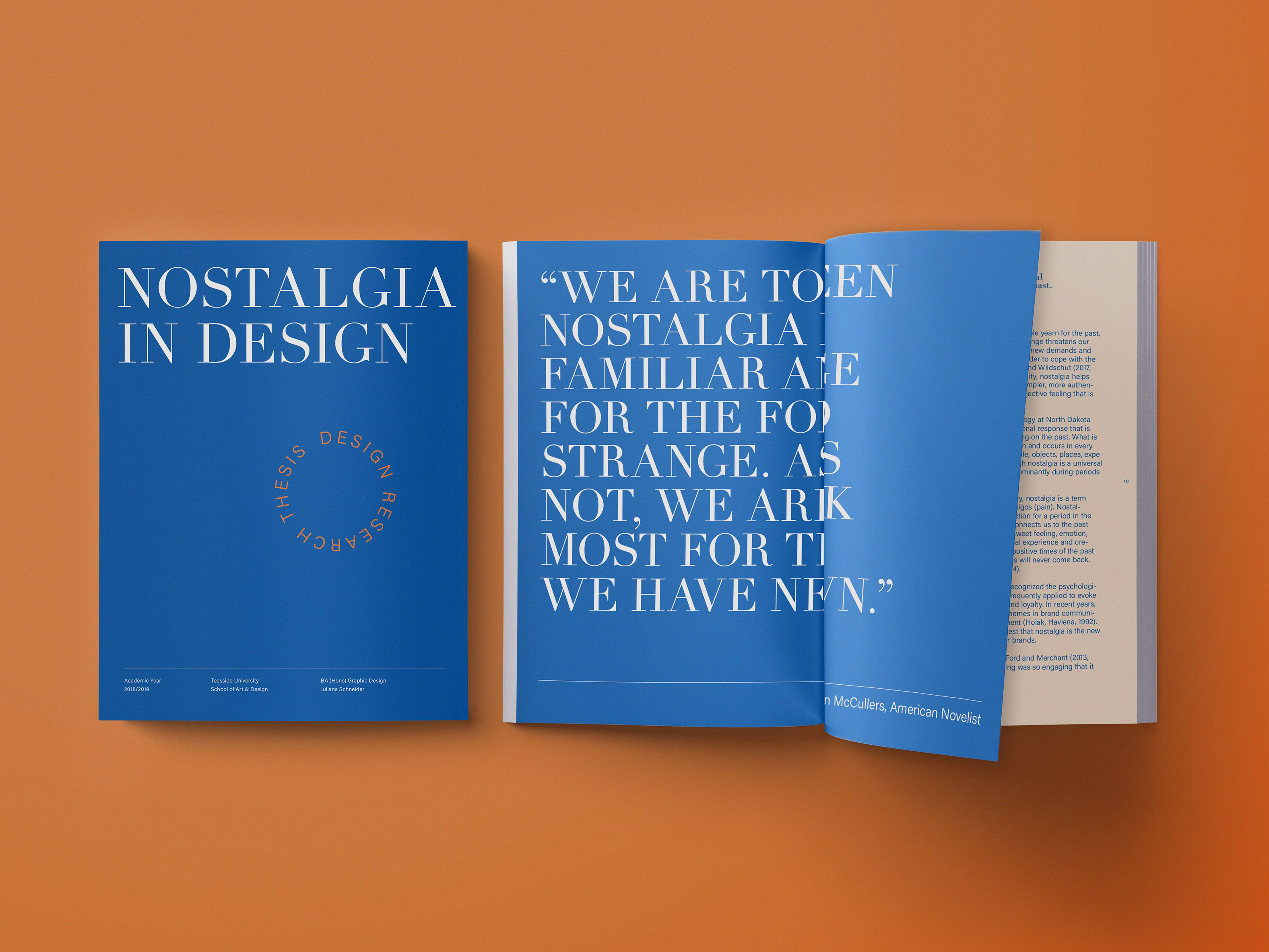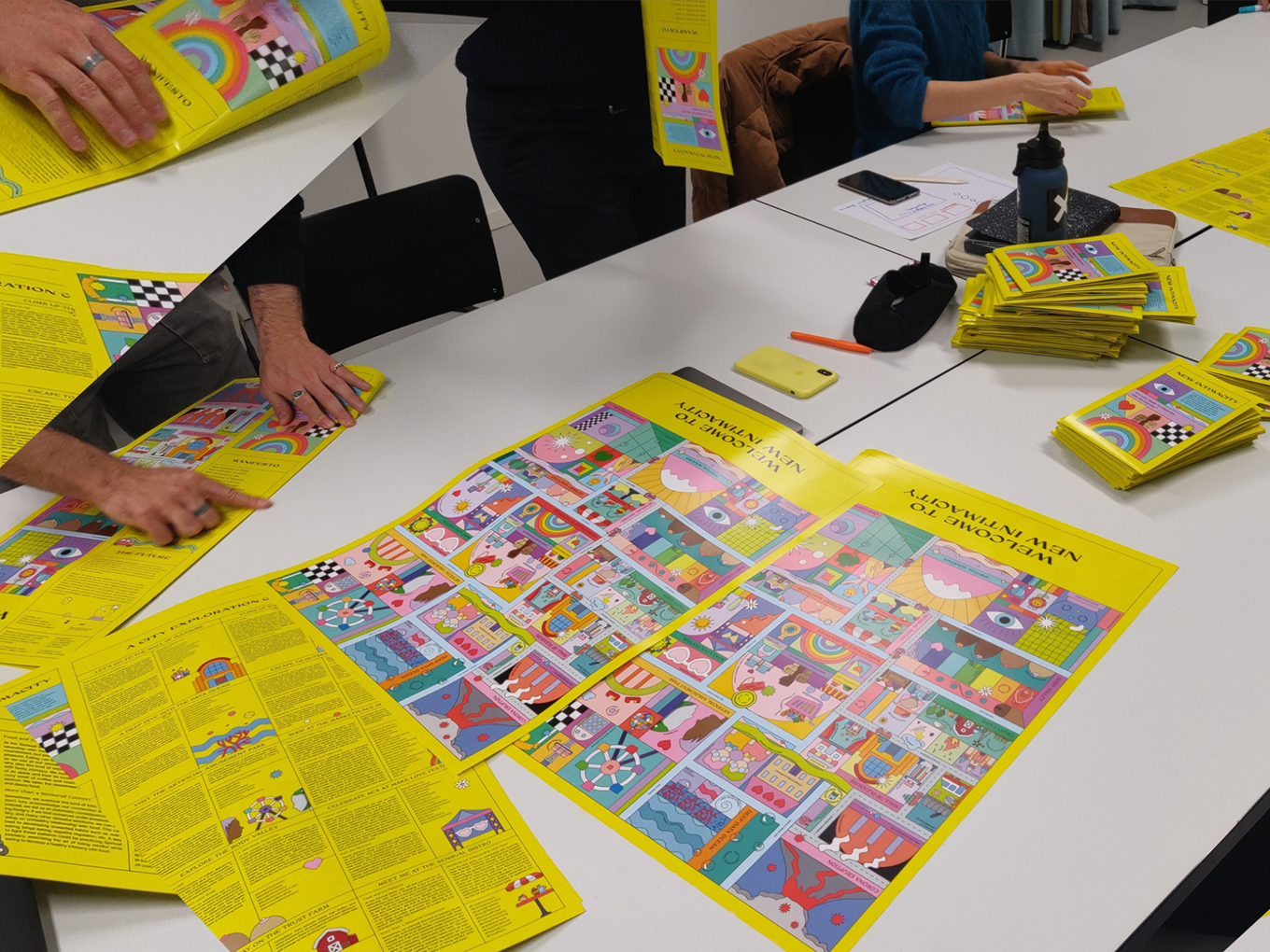These samples were all dyed naturally with red cabbage water. However, I recooked some of the pieces and let them dry again. During the drying process, they all turned out in different shades of blue.
Agar
Agar is derived from marine red algae. White and semi-translucent, it is sold in dried strips or powdered form. Traditionally, agar-agar is used as a food thickening agent and vegan/ vegetarian gelatin subsitute, and also various applications throughout the medical and scientific fields. However, agar has recently become one of the possible alternatives to synthetic plastics.
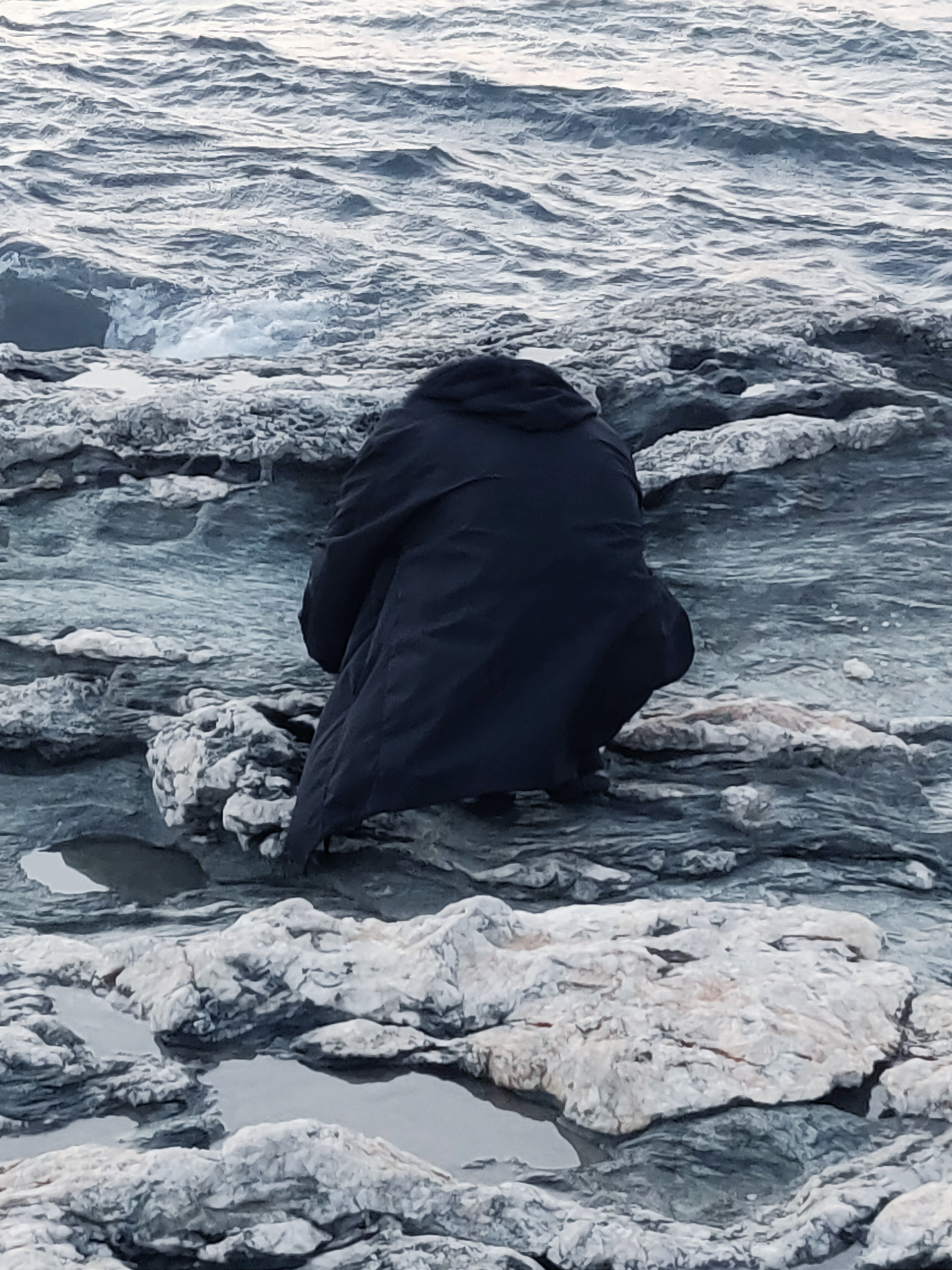

Material Research
After researching the basic recipe for agar bioplastic, I started my own experiments with the material. I wanted to find out how it acts in certain situations.
––––––– How does the material change during the drying process?
––––––– What happens when you recook the material after it has already dried?
––––––– Can it be colored with natural dye, and if yes, does the color change?
––––––– Is it possible to mold it into any shape?
––––––– Does the texture change during the drying process?
––––––– How can the material remain flexible and not brittle?
––––––– Is the material resistant to extreme heat or extreme cold?
While still gelatinous-like, I cut the agar agar in shapes to observe how the shape changes during the drying process. As you can see above, the material contracts and shrinks once it condensates.
Recipe and Experimentation
The basic recipe consists of agar powder, boiling water and glycerin. For my experiments, I change up the recipe every time to achieve different textures and thicknesses. For dyeing, I simply use red cabbage water. Depending on the recipe or experiment, the color comes out different every time (see first image).
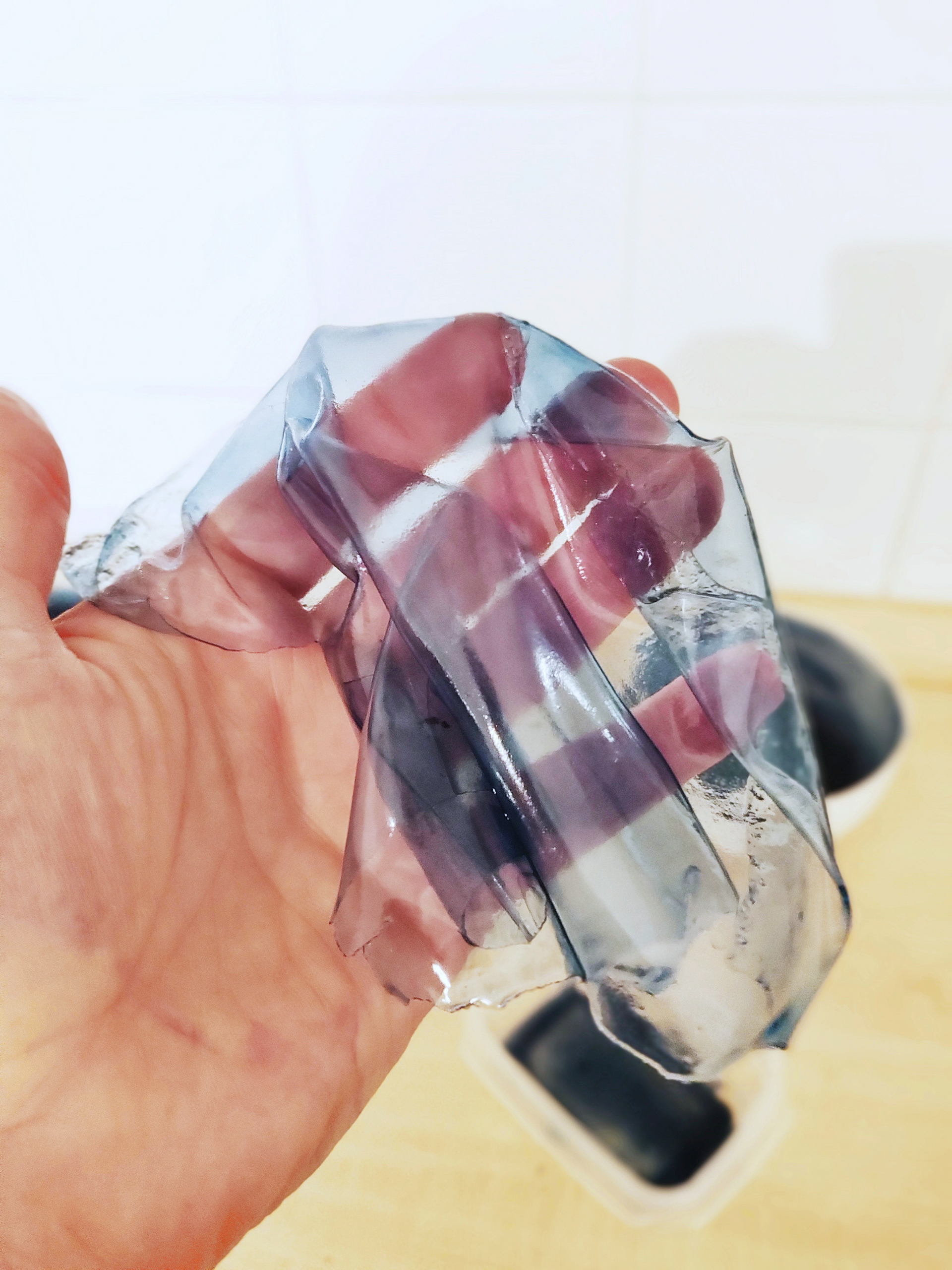
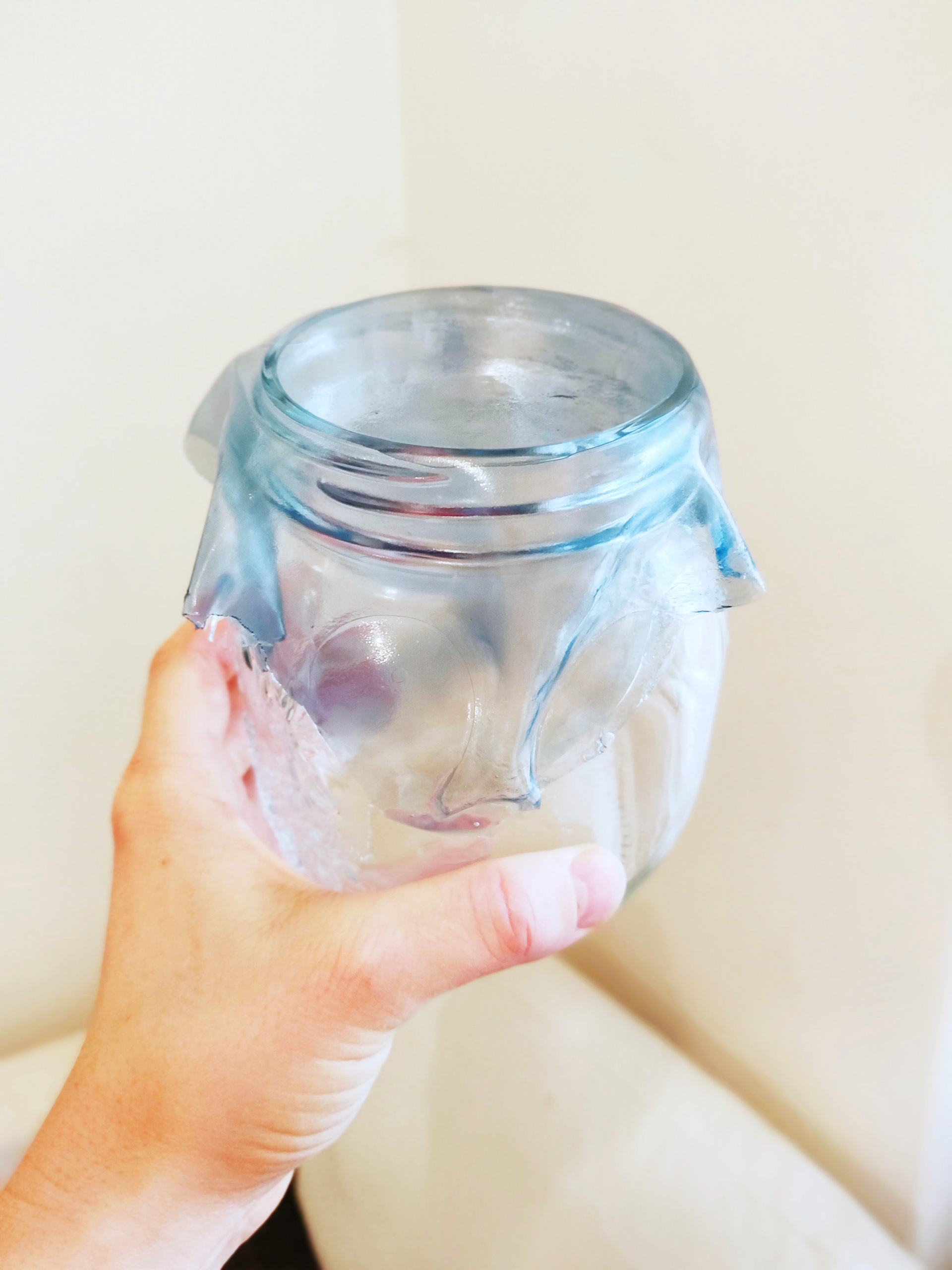
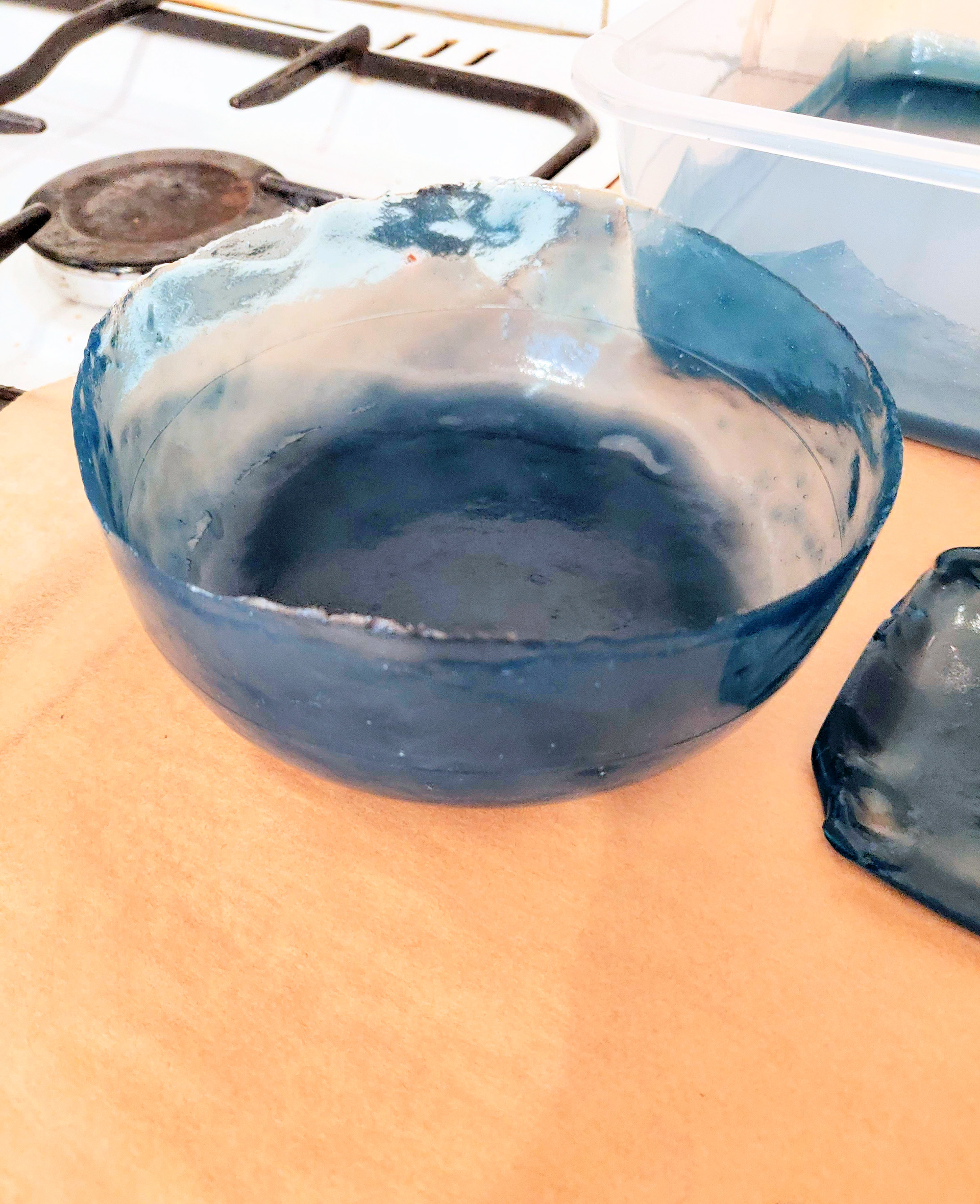
Drying
The agar jelly can be dried on any desired surface. However, I prefer a non-sticky, flat surface. Depending on the thickness, the drying process takes approx. 1 – 2 days. The thinner the agar jelly is spread out on the surface, the quicker it dries.
Stay tuned for further experiments!
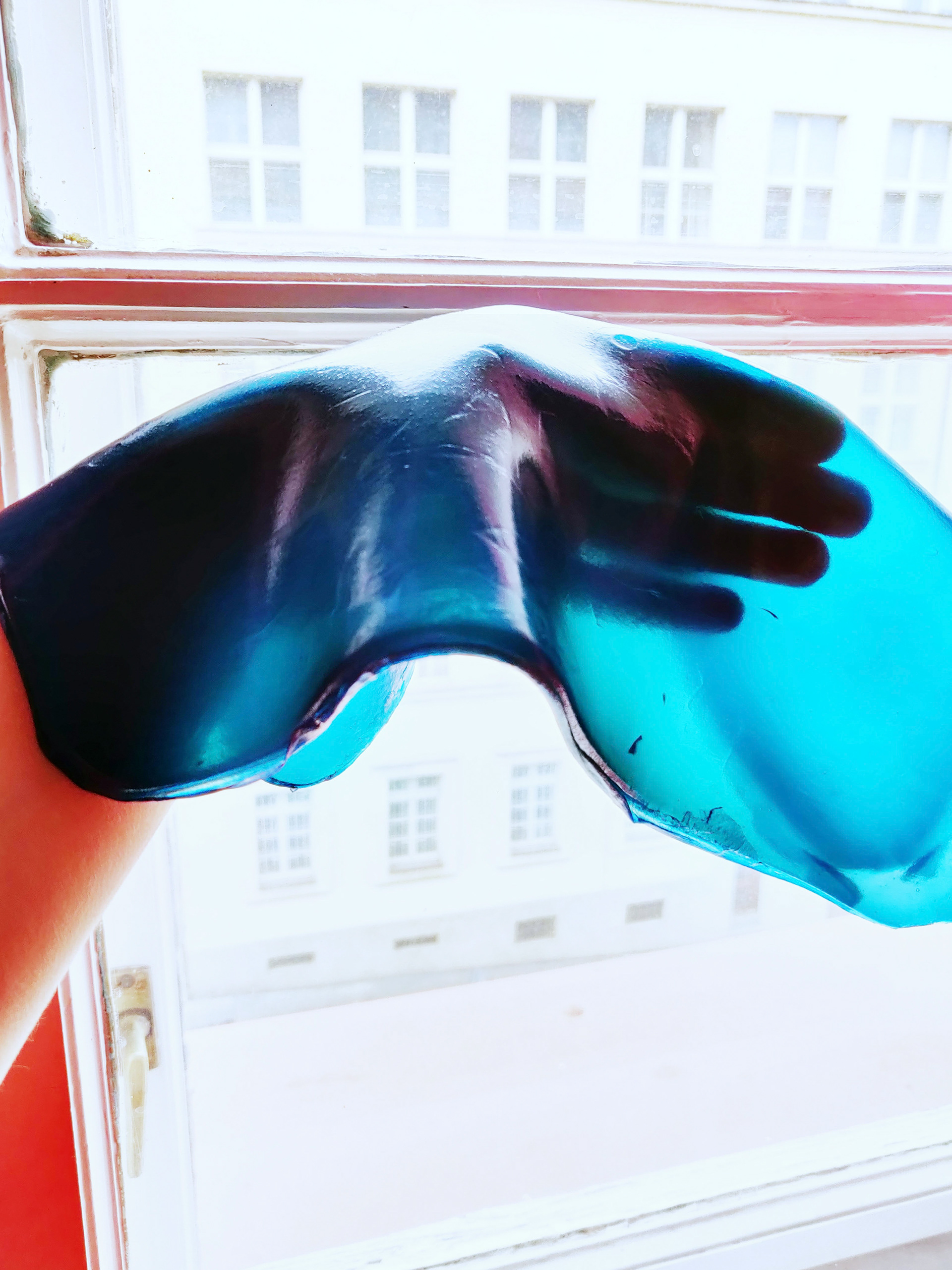
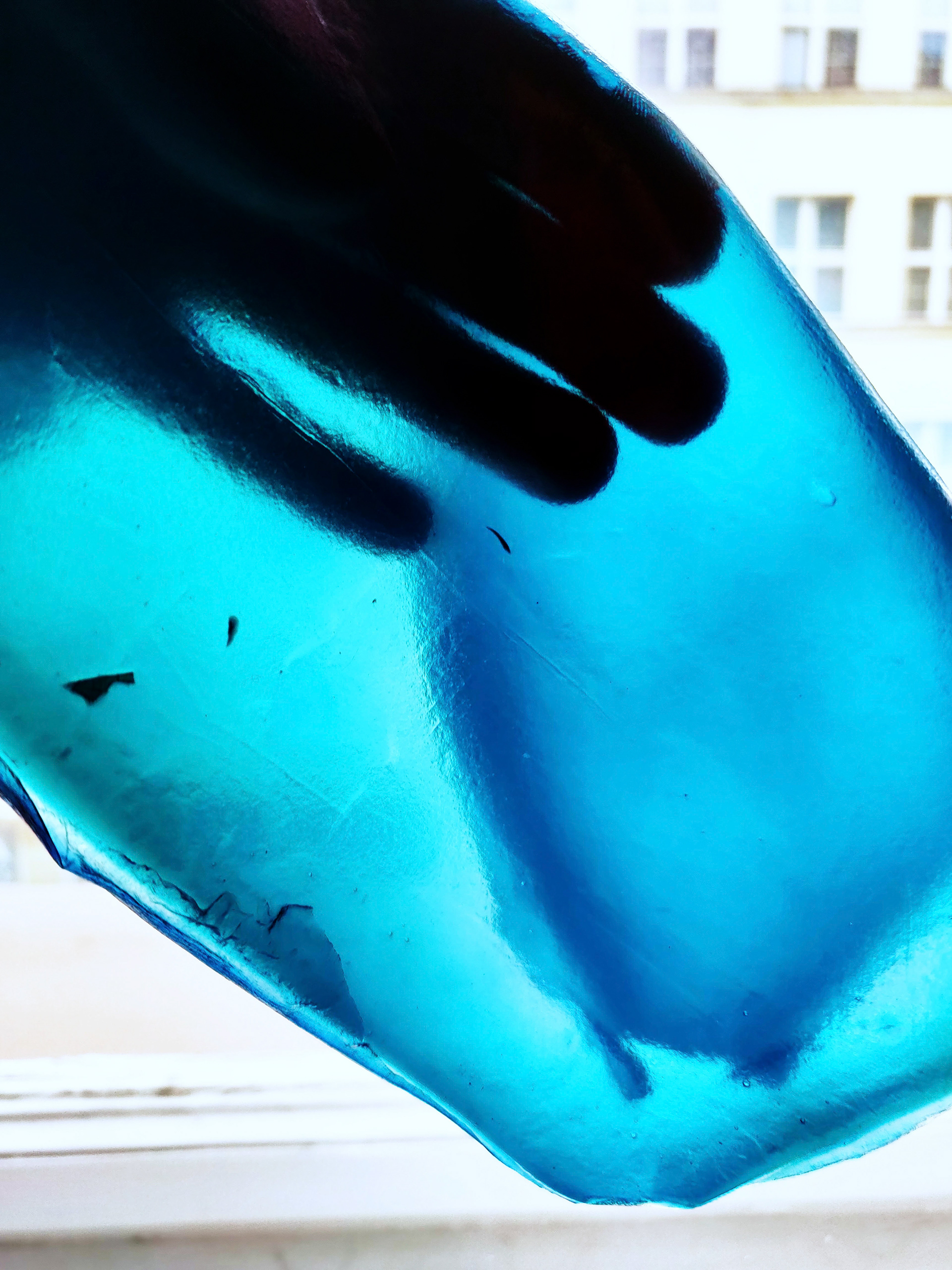

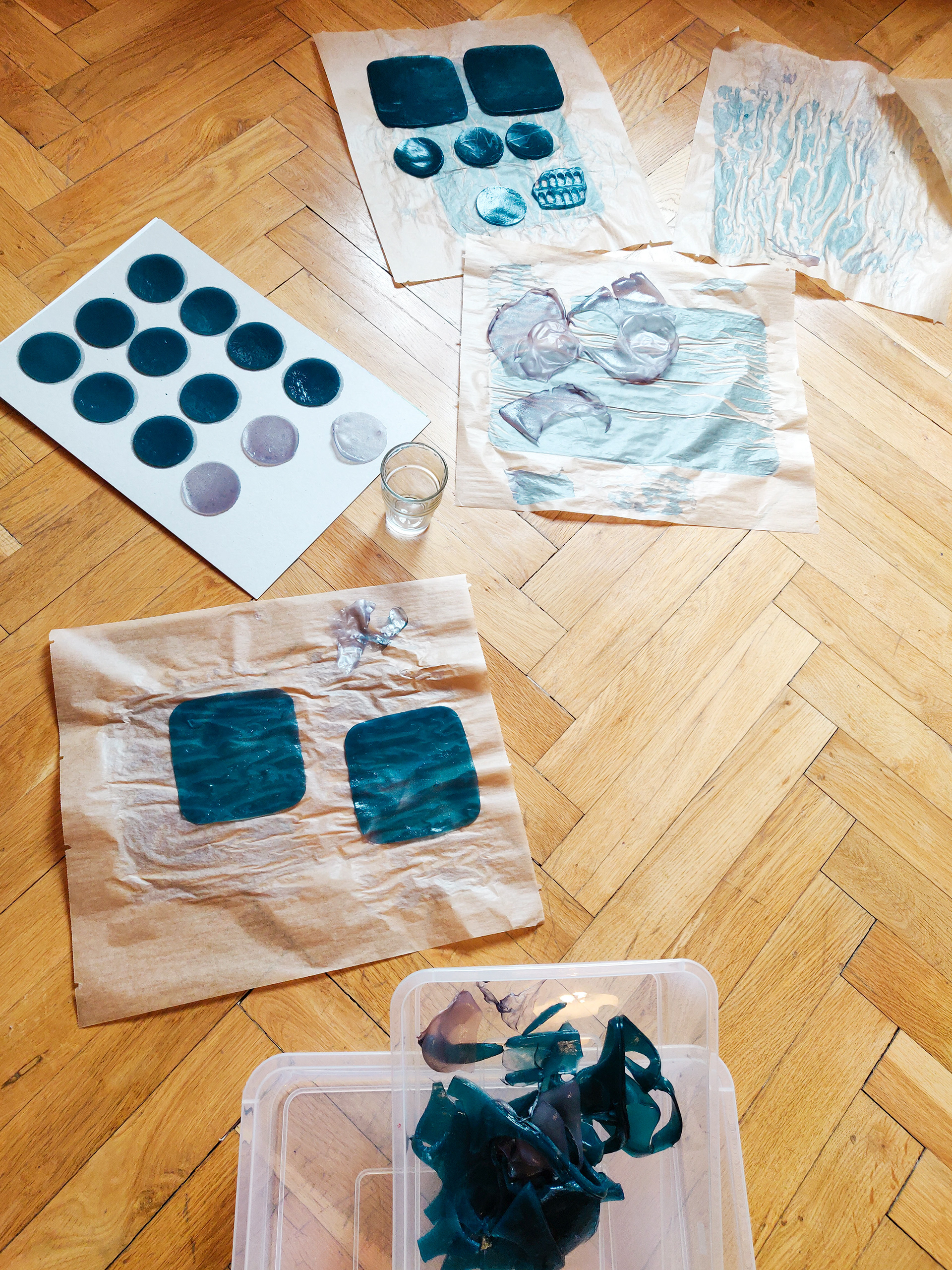
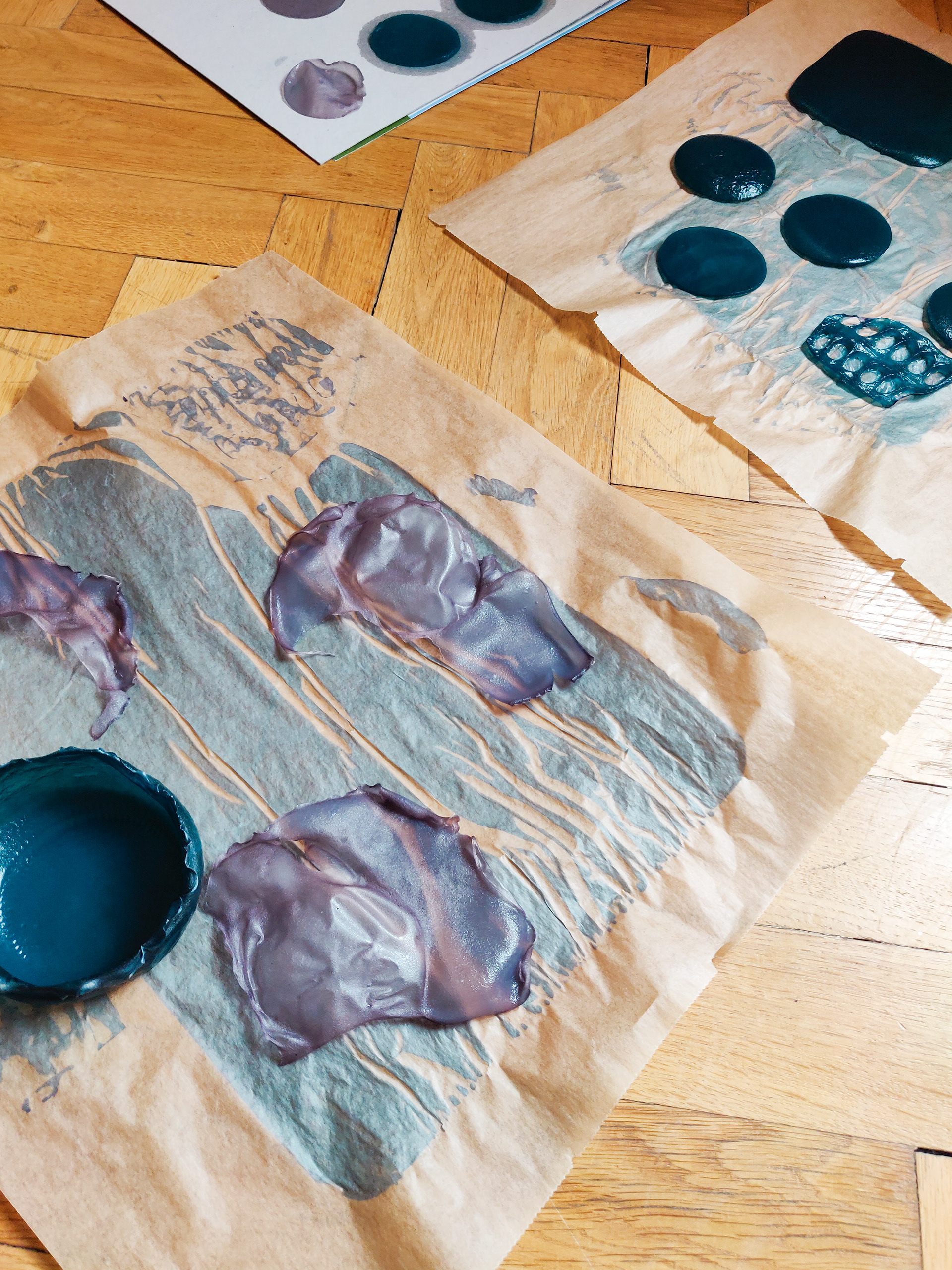
Sustainable solution for COVID-19 masks
Single-use masks are a huge environmental problem now, thus, I decided to work on a experimental approach to a more sustainable solution. The outcome is a mouth and nose protection mask made from agar bioplastic. Besides being more sustainable, it is also mostly clear and see through, which makes it easier to read face expressions. This could not only improve human connection but also include hearing-impaired individuals through making lip-reading possible.



